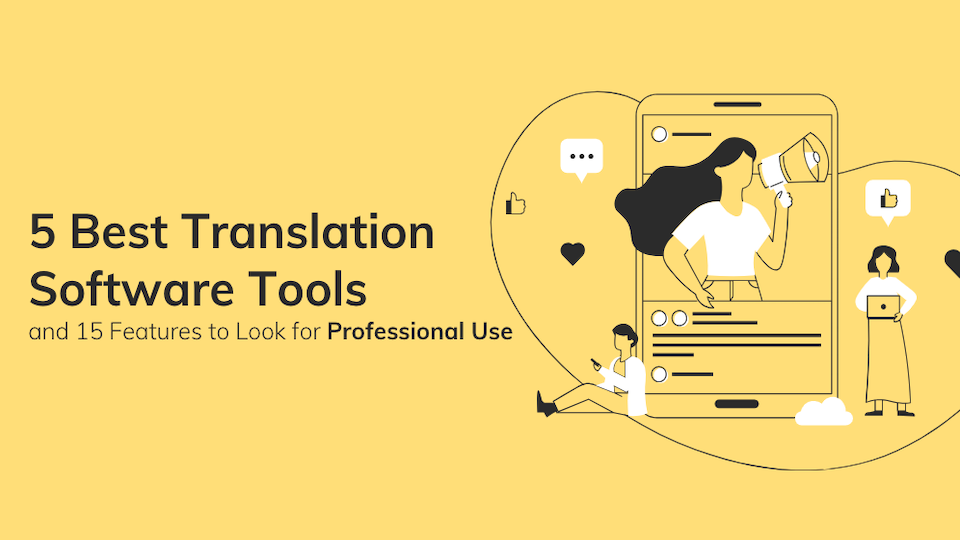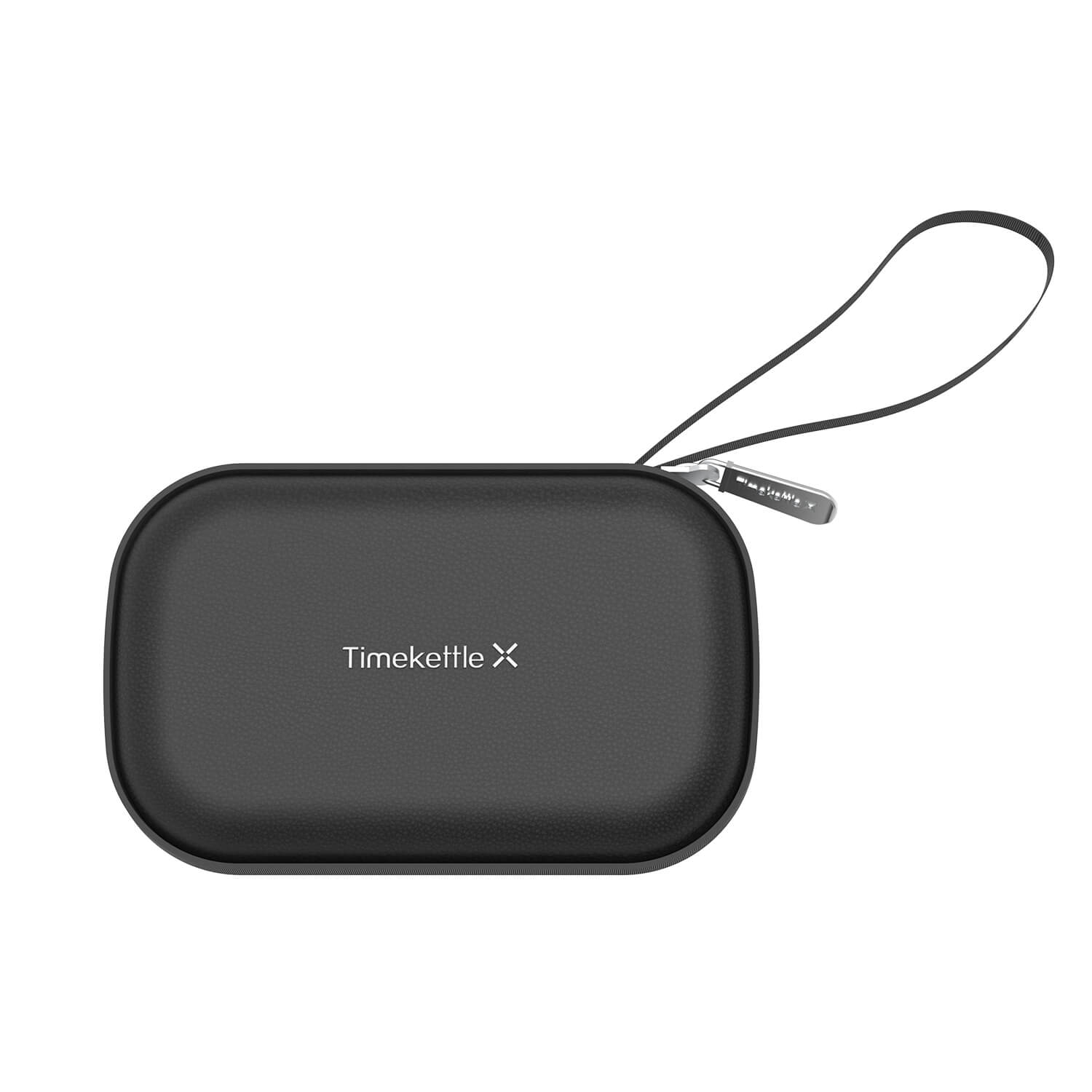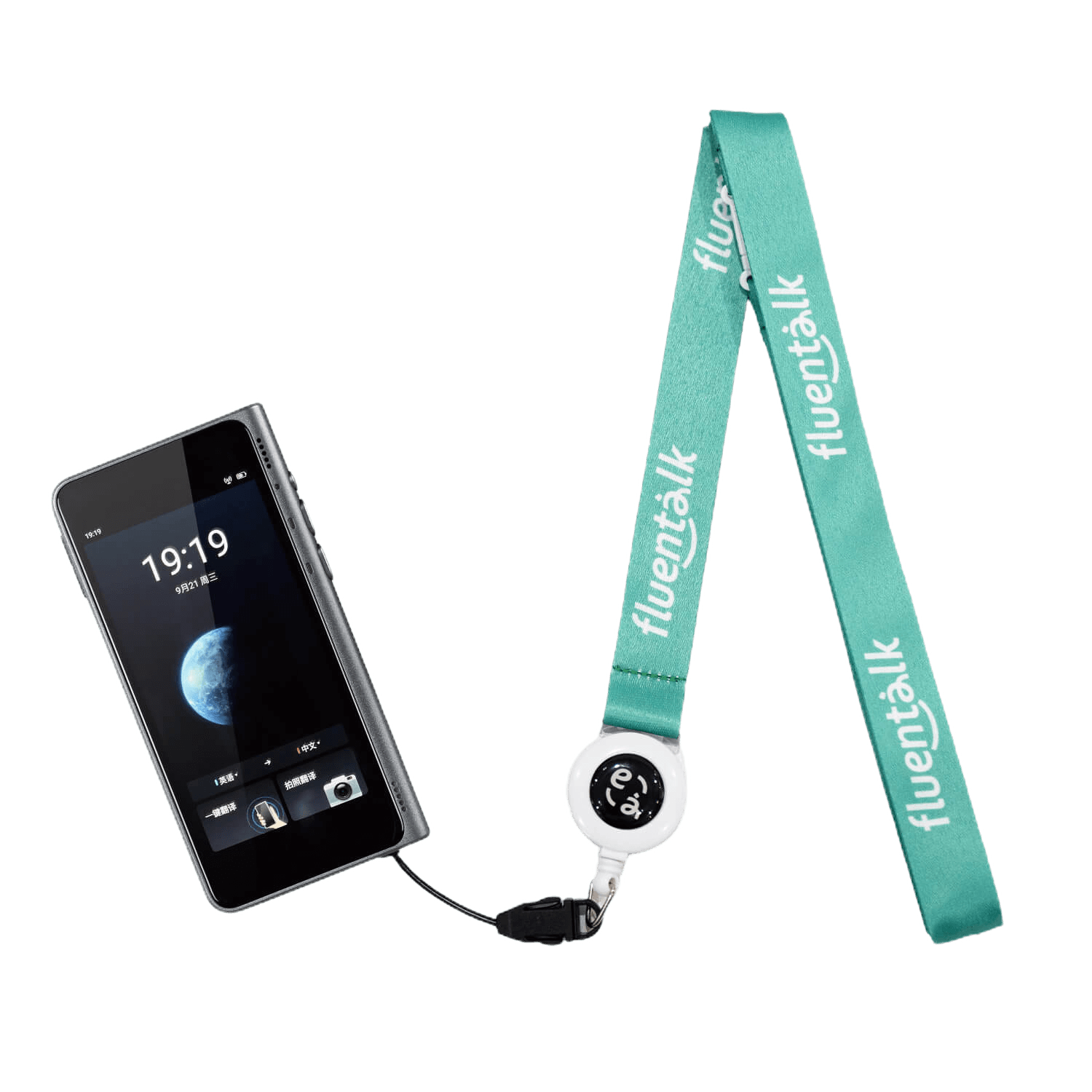5 Best Translation Software Tools and 15 Features to Look for Professional Use [2025]

Choosing the right professional translation software can make or break your global business. With over 7,000 languages spoken worldwide, you need tools that can communicate across language barriers effectively.
Modern translation software combines AI with human expertise to deliver fast and accurate translations. But with so many options out there, how do you choose the best translation software for you?
This guide will walk you through the 15 key features to look for when choosing translation software and introduce 5 top translation software for you. You’ll see what separates basic tools from enterprise-grade solutions and how to make a decision that saves you time and money.
15 Best Translation Software Capacities & Features to Look For

1. Ample Language Pairs
The entire language coverage is the core of any business translation program. Your product must support all the language pairs your company employs today just as it will tomorrow. English-Spanish is different from Spanish-English. The highest quality software supports many hundred language pairs with dozens more added every month.
2. Document Translator Tool
Advanced translation software should handle various document types with ease. Look for software that can handle the generic types like Word, Excel, PowerPoint, PDFs, and HTML. Advanced tools also handle unique types like InDesign files and multimedia files. Time is saved due to the capability to apply the software to many files at a time.
3. Automatic Formatting
Format preservation will automatically maintain your document's layout, text, and images intact in document translation. It is particularly required for marketing materials, technical papers, and customer-based information where hours' worth of time-consuming manually reformatted efforts are avoided.
4. Copy & Paste Translating
For lightning-fast translation of email quotes, web pages, or instant messages, the convenience of being able to simply copy and paste is invaluable. It allows the team to have instant translation without uploading files, which makes the tool convenient for everyday business.
5. Translation Memory
Translation Memory (TM) is where the previously translated segments are stored and reused for future projects. This is the same everywhere; it is cost-effective and shortens translation time. TM gets better with time since your database keeps on increasing, and it is best suited for repetitive material such as user guides or policy statements.
6. Professional Translation Editing Tools
The perfect software would be the one that would combine machine translation with human editing support. Side-by-side comparison views, inline translation, and quality control validation allow the human translators to intuitively adjust machine translation for high-quality output.
7. Terminology Management
Terminology consistency is the hallmark of professional translation. Term management solutions allow consistent use of industry-specific terms, product names, and technology terms. The feature is even more crucial for the technical industry, law firms, and health care centers.
8. Spellcheck
In-built spellcheck functionality implies that the output translation is polished and sophisticated. Additional tools incorporate grammar checking and style recommendation to further augment translation quality.
9. Language Translation Collaboration
Cloud collaboration software is at the very center of current translation operations. Real-time sharing, role-based access, and work-in-progress tracking enable remote teams to work at ease while maintaining desired levels of quality.
10. Translation Tracking
Tracking the fine-grained contributions and the changes is needed for quality control. Edit history, contributor identification, and approval process provide transparency and enable the project managers to track the progress with ease.
11. Real-Time Communication Tools
Integrated communication features such as chat facilities and comment capabilities enable teamwork between reviewers, translators, and project managers. These capabilities ensure that the discussion of all the projects is kept in-house, therefore restraining the usage of external communication tools.
12. Speech Translator
Speech translation functionality outputs translated text as voice files of the destination language. The functionality is available to support training projects, marketing videos along with accessibility with various voice support as well as native pronunciation.
13. Live Human Support
Even the finest software will sometime require technical support. Look for suppliers with 24/7 technical support, multiple points of contact, and quick turnaround to keep your jobs on schedule.
14. Robust API Access
API access enables smooth integration of translation functionality with your computer applications. This removes the need for manual file transferring and offers more streamlined workflows to translate real-time text as well as batch processing.
15. Enterprise Security
Confidential business information security is not optional. Search for software with enterprise-strength security tools such as multi-factor authentication, encryption for file storage, and frequent security scans to help keep information safe.
How to Pick the Right Translation Solution for Your Business?
Choosing professional translation software requires you to evaluate your business needs. Start by doing a thorough assessment of your current and future translation needs.
Language Requirements - List all the language pairs your business uses now and will use in the future based on your business growth plans. Consider regional dialects and specialized terminology.
Document Type - Catalog the file types your business translates most often. Marketing materials, technical documentation, legal contracts, training content.
Security and Compliance - Identify the industry regulations your business needs to comply with. Healthcare companies need HIPAA, European businesses need GDPR.
Integration - List the existing software systems that will connect to your translation platform. Content management systems, customer databases, collaboration tools.
Cost-Effectiveness and Scalability
Translation software is very costly as a business and needs to yield measurable ROI. Consider the total cost of ownership when it encompasses license costs, training expenditure, and sustaining support costs.
Scalability considerations include:
- Per-user pricing models versus unlimited access
- Volume discounts for large translation projects
- Additional costs for premium features or languages
- Long-term contract benefits and flexibility
Select software that expands with your company without necessitating costly migrations or full system replacements.
User-Friendly Interface Design
Sophisticated translation software will baffle the user and reduce his productivity level. Professional software should be user-friendly and reduce training time with maximum functionality.
Interface evaluation criteria:
- Logical menu organization and navigation
- Customizable workspaces for different user roles
- Keyboard shortcuts for common tasks
- Mobile-friendly design for remote work
User-friendly software reduces onboarding time and increases team adoption rates, maximizing your investment value.
Top 5 Translation Software Solutions for 2025
After testing dozens of translation platforms, these six solutions stand out for their accuracy, features, and business value.
1. Google Translate - Universal Translation Access
Google Translate remains the most recognizable translation service, supporting 133 languages with continuous improvements to its neural translation engine.
Key Features:
- Extensive language support (133 languages)
- Google Neural Machine Translation (GNMT) technology
- Mobile apps with camera translation
- API access for developers
- Contextual translation improvements
Pros:
- Completely free for basic use
- Handles rare and regional languages
- Constant updates and improvements
- Easy integration options
- Reliable uptime and performance
Cons:
- Quality varies significantly between language pairs
- Limited customization options
- No built-in editing or collaboration tools
- Not suitable for professional content without review
Best For: Quick translations and basic language support across many language pairs.
Related Reading: How Accurate is Google Translate?
2. DeepL Translator - Premium Translation Quality
DeepL has earned recognition for producing the most natural-sounding translations, often outperforming larger competitors in blind quality tests.
Key Features:
- Advanced neural networks trained on high-quality data
- Support for 32 languages with excellent accuracy
- Document translation capabilities
- Glossary features for consistent terminology
- Desktop and mobile applications
Pros:
- Superior translation quality for supported languages
- Clean, user-friendly interface
- Strong performance with European languages
- Generous free tier for individual use
- API available for business integration
Cons:
- Limited language selection compared to competitors
- Subscription required for high-volume use
- Some stability issues reported by users
- Fewer integration options than competitors
Best For: Businesses prioritizing translation quality over language variety.
Related Reading: Google Translate vs. Bing Translator: Which Translation Tool Reigns Supreme in 2025?
3. Microsoft Translator - Enterprise Integration
Microsoft Translator leverages the company's AI research and integrates well with Microsoft's business ecosystem.
Key Features:
- Support for 40+ languages
- Custom translation models
- Offline translation capabilities
- Integration with Microsoft Office and Azure
- Real-time conversation translation
Pros:
- Strong enterprise features and security
- Offline functionality for mobile use
- Good integration with Microsoft products
- Custom model training available
- Competitive pricing for business use
Cons:
- Smaller language selection than Google
- Interface less intuitive than some competitors
- Limited adoption outside Microsoft ecosystem
- Quality varies by language pair
Best For: Organizations already using Microsoft products and services.
4. Polypal - AI-Powered Multilingual Collaboration

Polypal leverages advanced AI to deliver seamless translation and transcription, designed for real-time multilingual communication and collaboration.
Key Features:
- Support for 40+ languages with real-time translation
- AI-driven transcription and translation for audio and text
- Integration with platforms like Zoom, Microsoft Teams, and web browsers
- Customizable AI models for specific industries
- Secure, cloud-based infrastructure
Pros:
- High accuracy in real-time translation and transcription
- Seamless integration with collaboration tools
- User-friendly interface for teams and individuals
- Scalable for businesses of all sizes
- Strong focus on privacy and data security
- ≤1 ms latency
Cons:
- Relatively new player with less brand recognition
- Limited offline functionality
- Fewer language pairs for niche dialects
Best For: Businesses and teams needing real-time translation for multilingual meetings and content creation. Individuals use it for live broadcasts and face-to-face learning and communication, and as an interpreter assistant. Also ideal for providing simultaneous interpretation support at conferences and global events.
5. Amazon Translate - Cloud-Native Translation
Amazon Translate provides machine translation as part of Amazon Web Services, offering scalability and integration with other AWS services.
Key Features:
- 75+ language support
- Custom translation models
- Real-time and batch translation
- API-first approach
- AWS ecosystem integration
Pros:
- Highly scalable cloud infrastructure
- Pay-per-use pricing model
- Strong API documentation
- Integration with other AWS services
- Custom model training capabilities
Cons:
- Requires AWS knowledge for setup
- More complex than standalone solutions
- Pricing can be unpredictable
- Limited user interface options
Best For: Developers and businesses already using AWS infrastructure.
Conclusion
Choosing the right translation software is key to global communication. This list of 15 will be your guide. Look for platforms that have the technology and human expertise, support your current needs and have room to grow.
Take your time and evaluate multiple options and request demos before you make a decision. The right choice will save you time, money and improve your translations. Ready to get started? Start by identifying what’s most important to your business and look at software that does that well.






















